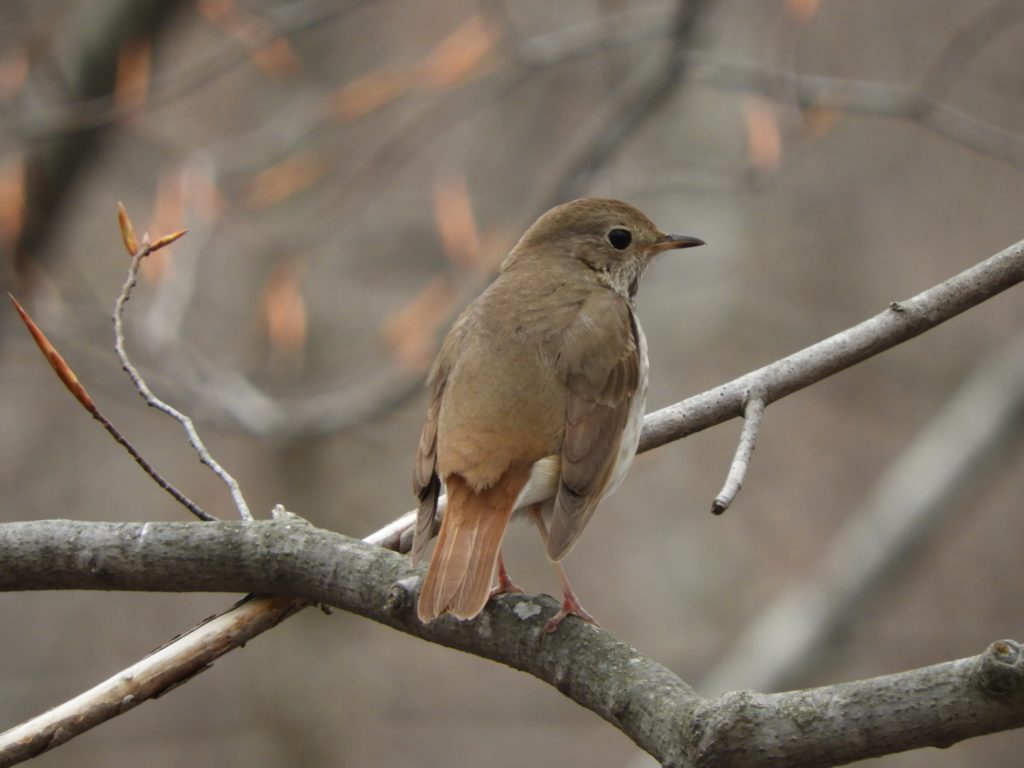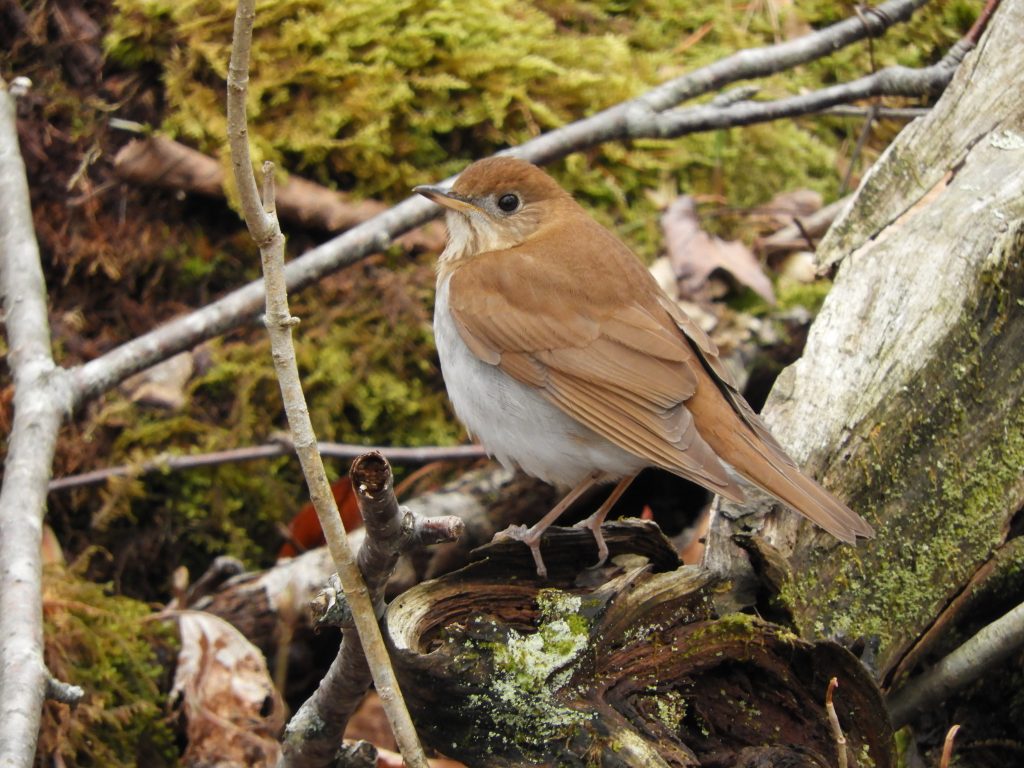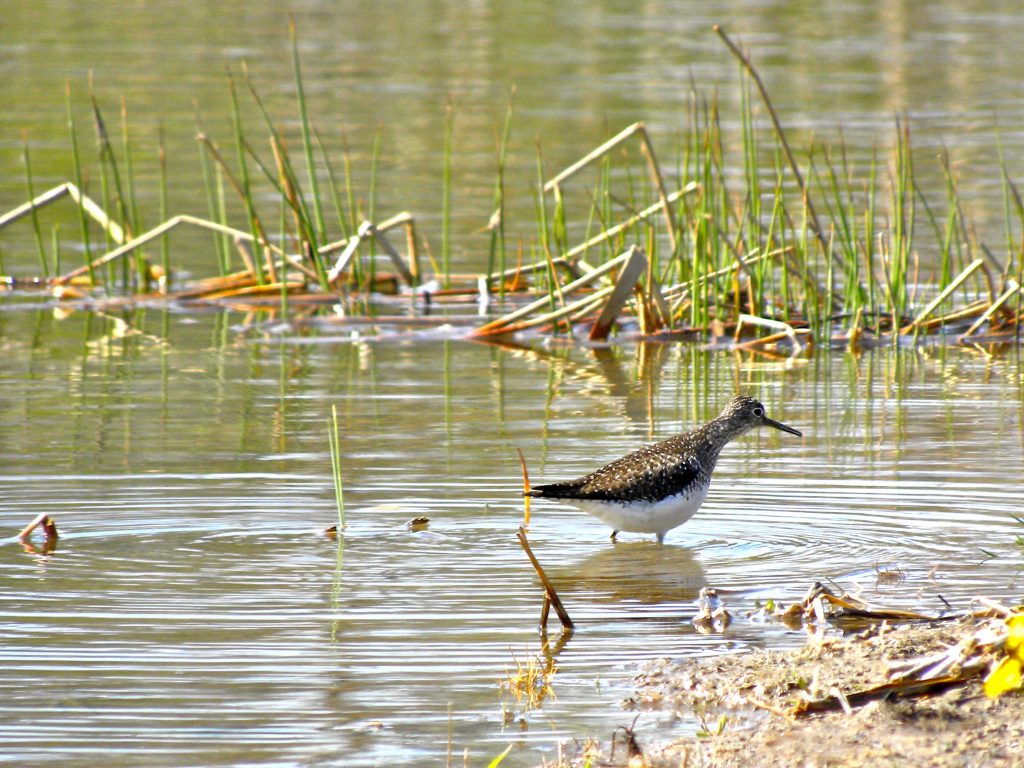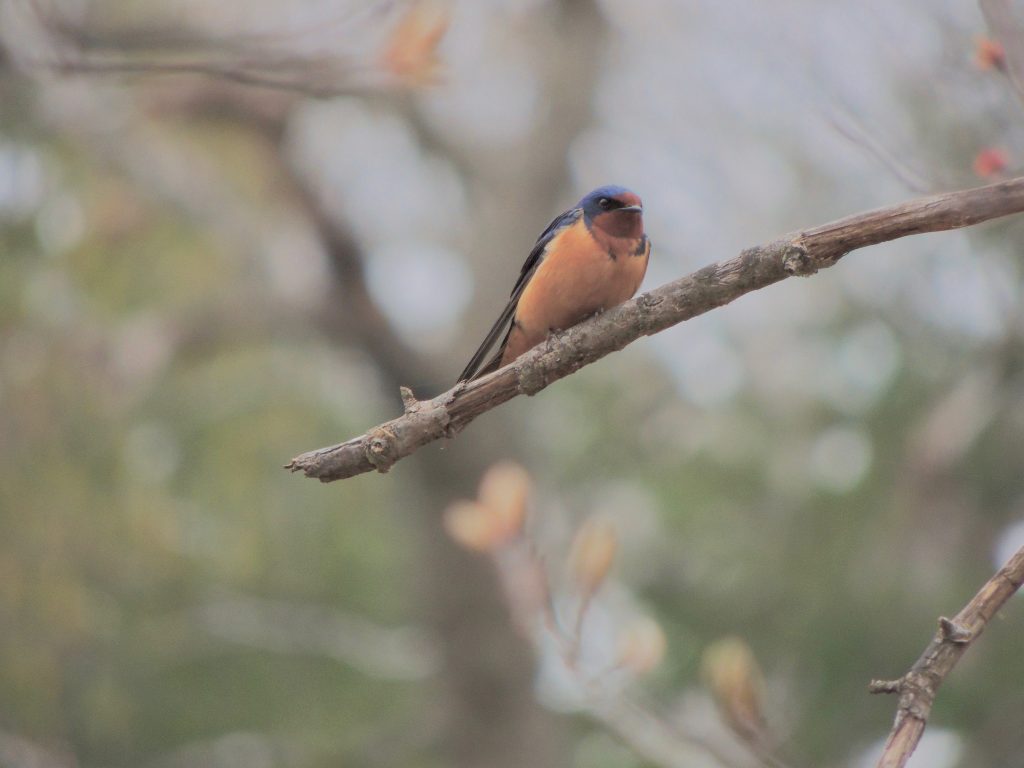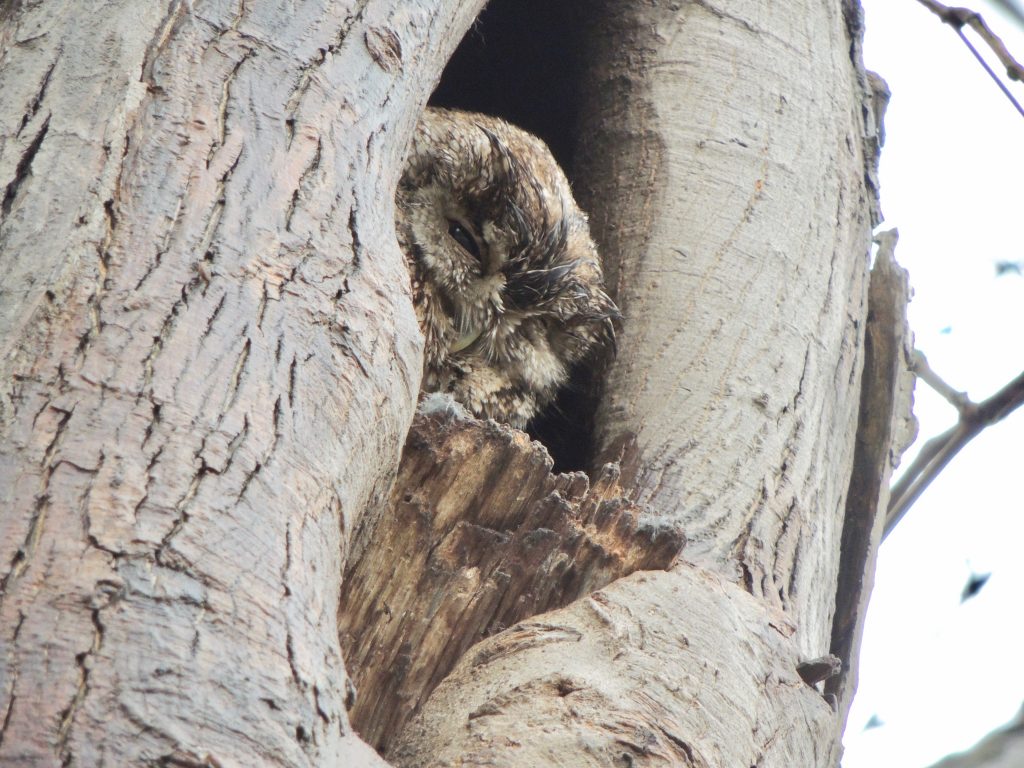May 10 2019. Hendrie Valley, Burlington, ON. Just as in any crowd, even a boisterous, mid-May migratory party, there are the quiet ones. Sometimes they are the still water that runs deep. I’d place our handful of woodland thrushes in this category, they are retiring birds of beautiful song: the Swainson’s, Gray-cheeked, Wood and Hermit Thrushes and the Veery.
Once the initial thrill of our neo-tropical show-stoppers has faded, these thrushes are equal to my almost always favourite vireos. Like vireos they are subdued in appearance, but unlike vireos, thrushes are shy and most frequently seen looking back at you as they move away.
A week ago, at Rondeau Provincial Park and Point Pelee we saw many Hermit Thrushes and Veerys, Wood Thrushes too but fewer. The Gray-cheeked and Swainson’s Thrushes return a little later, in fact starting around now.
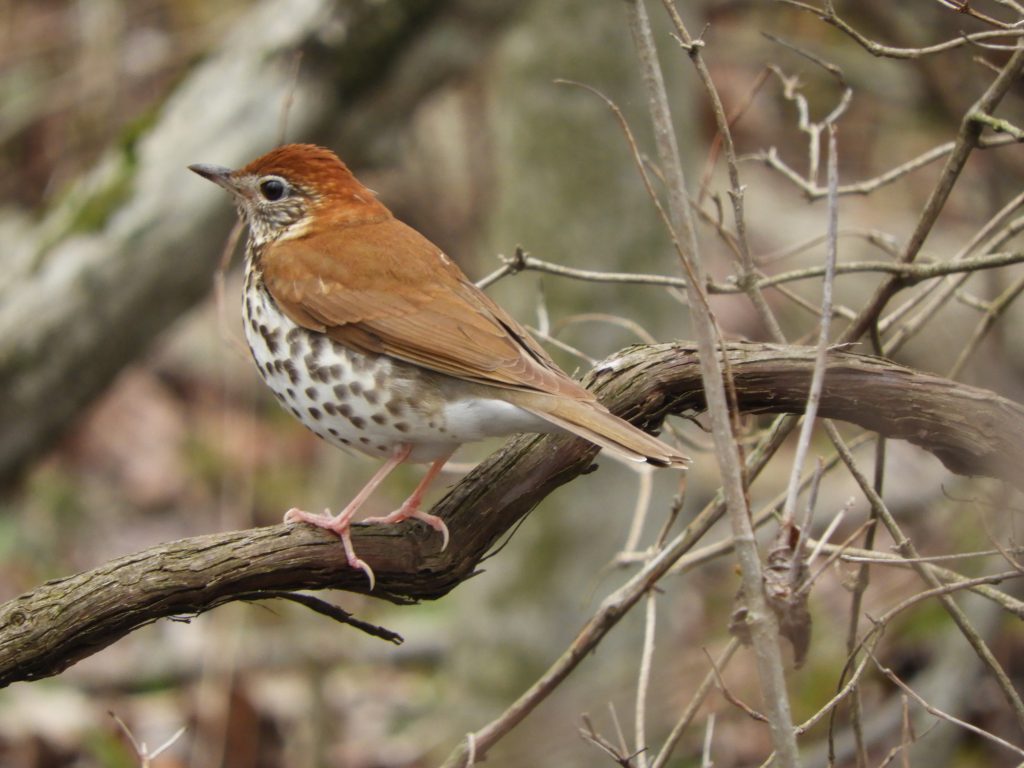
Today on our transect, our first bird was a Wood Thrush, heard but unseen. Seeing it didn’t matter, hearing one is usually enough. I’ll defer to Pete Dunne’s description in his invaluable Essential Field Guide Companion, “Varied song consists of an ensemble of rising-and-falling short phrases that have a dreamlike surreal quality.” Try this link for more. Just the sound of it, and the mental picture, was enough to make it Bird of the Day.
A little later we glimpsed a Swainson’s Thrush. So back to Pete Dunne for more: “Song is wonderful. A hurried ascending tumble of notes that climb the scale in serial bounds”wr’wr’ooeeooOoEeOOEE”.
Our transect was a perhaps the birdiest-ever, we noted 59 species. Along with Baltimore Orioles, Gray Catbirds and Great–crested Flycatchers back to set up home in the valley, there were Palm, Black and White, Nashville, and Black–throated Blue Warblers just passing through. Others, notable as much for their photogenic potential, included this Eastern Screech Owl, a pair of Barn Swallows investigating a nest site and a Solitary Sandpiper.
